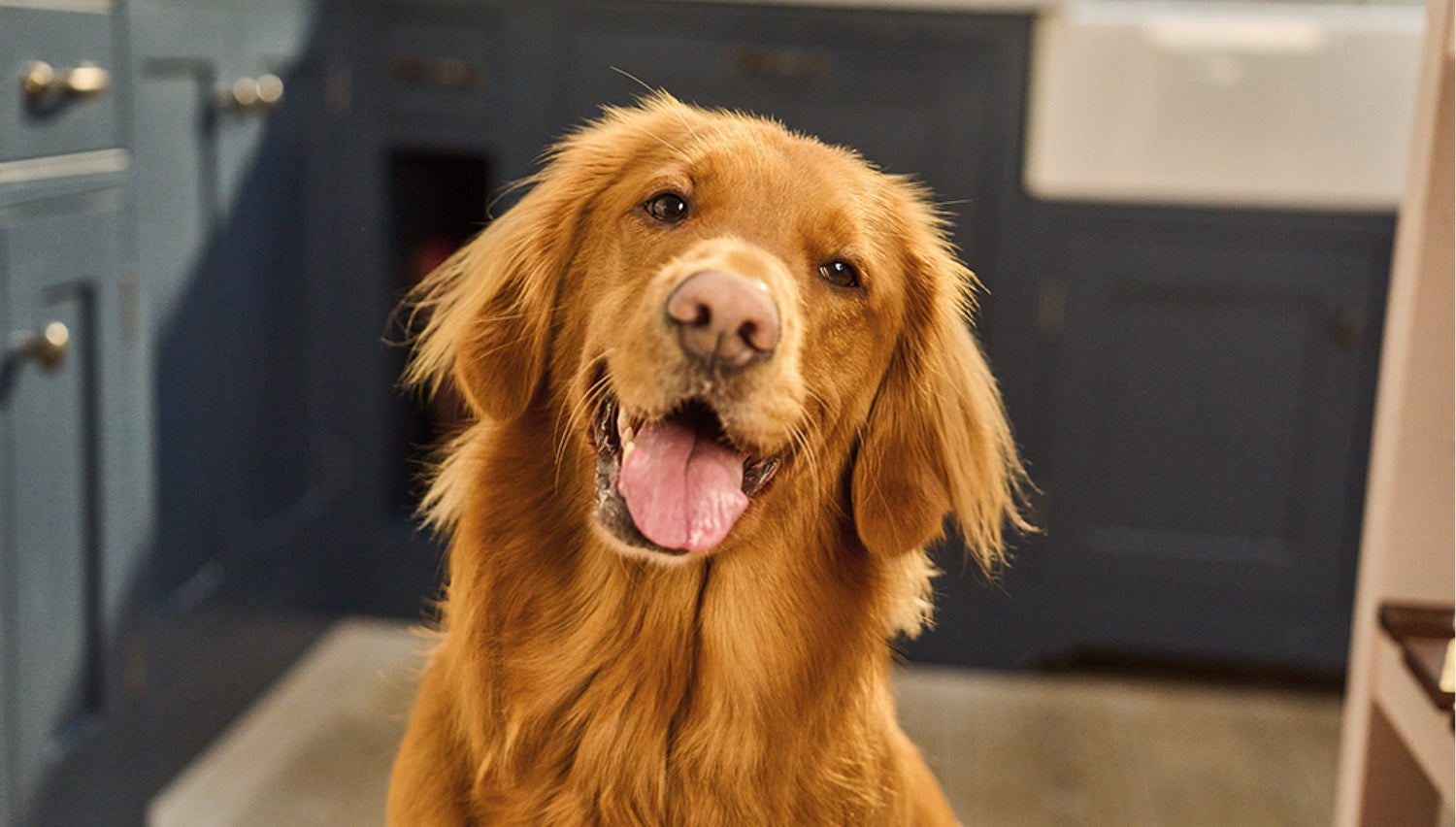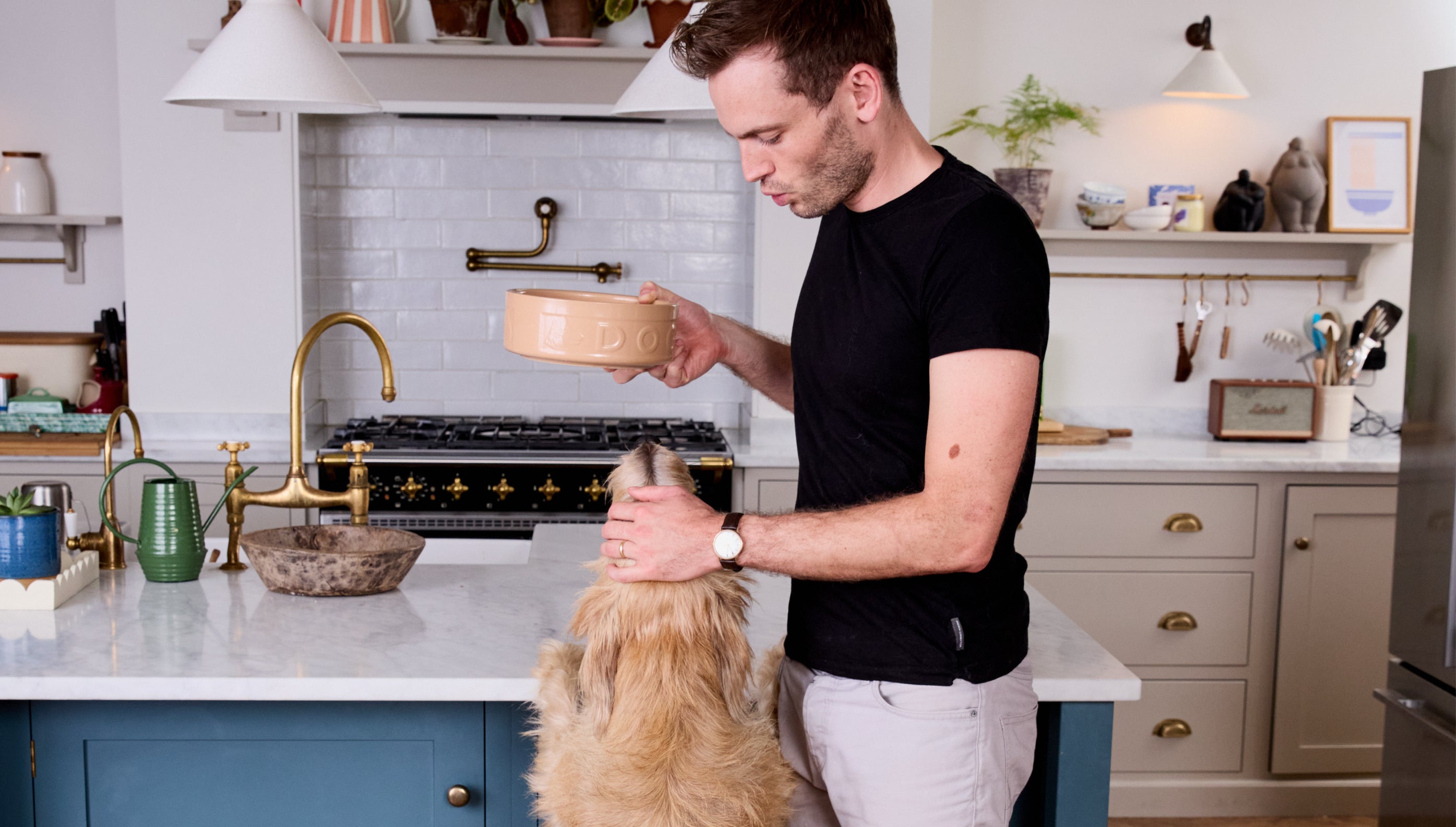Our dogs are family, so we want to make sure they live a happy and healthy life. Pet insurance gives peace of mind that both you and your dog are insured. For us, it’s getting help with unexpected medical expenses and vet bills that come from our dog needing help or attention. For them, it could be a safeguard from any unnecessary pain and suffering - by providing the treatment they need, at the time they need it.
Here we’ll look at the kind of things pet insurance typically does and doesn’t cover, the main types of pet insurance, and top tips for choosing the right policy for you and your dog.
“Pet insurance gives peace of mind”
What is pet insurance?
Pet insurance helps cover the cost of having your dog treated by a vet should they become ill or get injured depending on the cover you choose. You might also be covered if your pet dies, is lost or stolen or causes damage to someone else’s property.

What types of pet insurance are there?
Lifetime
These policies give you cover for illnesses and injuries. Your dog is covered up to a set amount each year for as long as the insurance remains in force. Some policies will also specify a set amount to be paid for each illness or injury during a year. If the set amounts are reached no further claims will be paid until the policy is renewed.
Accident only
This type of insurance pays a fixed sum if your dog is accidentally injured. Some policies have a 12 month time limit on treatment. Your dog’s treatment for each accident will be covered until the fixed sum is reached or (if applicable) for 12 months, whichever is reached first, and then that accident will no longer be covered.
Time limited
These policies give you a fixed sum for each illness or injury. Your dog’s treatment will be covered for up to 12 months or the fixed sum whichever is reached first and then that condition will no longer be covered.
Maximum benefit
These policies give you a fixed sum for each illness or injury. Your dog’s treatment is covered up to this sum with no time limit on the length of treatment, as long as your policy remains in force and premiums paid. Once the fixed sum has been reached, that condition will no longer be covered.
For Accident Only, Time Limited and Maximum Benefit policies
If you have made a claim and have any remaining cover benefits you wish to use in the next policy year, you must renew your policy and there must be no break in cover.
“do your research and read through the policy terms before you buy”
Top tips for choosing the right insurance for your dog
If you’re looking at taking out pet insurance, do your research and read through the policy terms before you buy. This is particularly important if you already have pet insurance and are looking to switch providers. Most policies will not provide cover for pre-existing conditions and will have a waiting period.
Compare your options – Shopping around online is a good place to start finding insurers. Give accurate details when you’re retrieving quotes and pick and choose the elements of cover you want. Certain insurers may also give you a gift when you join them or offer a rewards scheme. This won’t necessarily be a big decision-maker, but it’s worth considering if you find two very similar quotes.
Go direct - Once you’ve found a pet insurance provider you think is the cheapest and best for you, consider phoning them directly. This way you can talk to a person who can answer any questions you may have before you go ahead.
Check it's covered - Remember the cheapest pet insurance isn’t always the most comprehensive and you may get caught out if you make a claim for something you thought was covered. Make sure that the insurer you’ve chosen provides the right level of cover that you need for your pet.
What does pet insurance cover?
At first glance, many pet insurance policies can look very similar. But there will usually be differences in both the level of cover offered and the things that your pet will actually be covered for. You could expect most policies to cover the cost of vet fees. Policies can also include cover for:
DEATH BY ACCIDENT OR ILLNESS
If your dog dies, you might get back the price you paid or donated for your dog
LOST PET
If your dog goes missing or is stolen, they may pay towards putting up posters and offering a reward.
THIRD PARTY LIABILITY
If your dog injures someone or damages their property and you’re legally responsible, the policy could cover damages and legal costs. This type of cover is only for dogs.
TRAVEL ABROAD
This provides cover if your dog needs emergency vet treatment when you are travelling overseas under the Pet Travel Scheme.
EUTHANASIA
Your policy may offer a contribution towards having your pet put to sleep, or their cremation or burial.
DENTAL COVER
Within vet fees, many insurance policies cover emergency dental work needed as a result of an accident, although some will also pay if the dental work is due to illness. Conditions may apply – please read the details carefully.
BOARDING FEES
Your policy may pay for your dog to be housed in a kennel if you have to go into hospital and there is nobody else who can look after them.
What doesn’t pet insurance cover?
Every pet insurance provider has different terms and things they won’t pay for. Some of the most common exclusions include:
WAITING PERIOD
A period at the start of the policy when vet treatment is not covered, typically the first 14 days. Insurance starts for illnesses that first show signs or happen after this time. Some policies have a similar period, or less, for injuries.
PRE-EXISTING ILLNESS OR INJURY
Anything that relates in any way to something your dog had or showed signs of having before the policy started. This might be for a chronic condition your dog has (such as heart problems) at the time you take out your insurance policy. Or it could relate to historic illnesses or injuries that your dog no longer suffers from or that have healed.
AGE OF PET
Some pet insurance providers have an age limit on when they will start or stop cover. Or they may continue to insure your older dog but at an increased price.
ROUTINE & PREVENTATIVE TREATMENT
Most policies won’t cover the costs of things such as vaccinations, neutering, flea, worm and tick control, grooming, nail clipping and dental checks.
PREGNANCY
Pet insurance doesn’t usually cover expenses related to your dog being pregnant, giving birth or treating their puppies.
The information in this article is intended as a guide to help pets and pet parents on their journey together. It is provided for educational and informational purposes only and is not meant as a substitute for professional advice from a vet, behaviourist, trainer or other professional. We encourage all pet parents to consult with their vet and/or behaviourist to ensure their pet’s specific needs are met.




